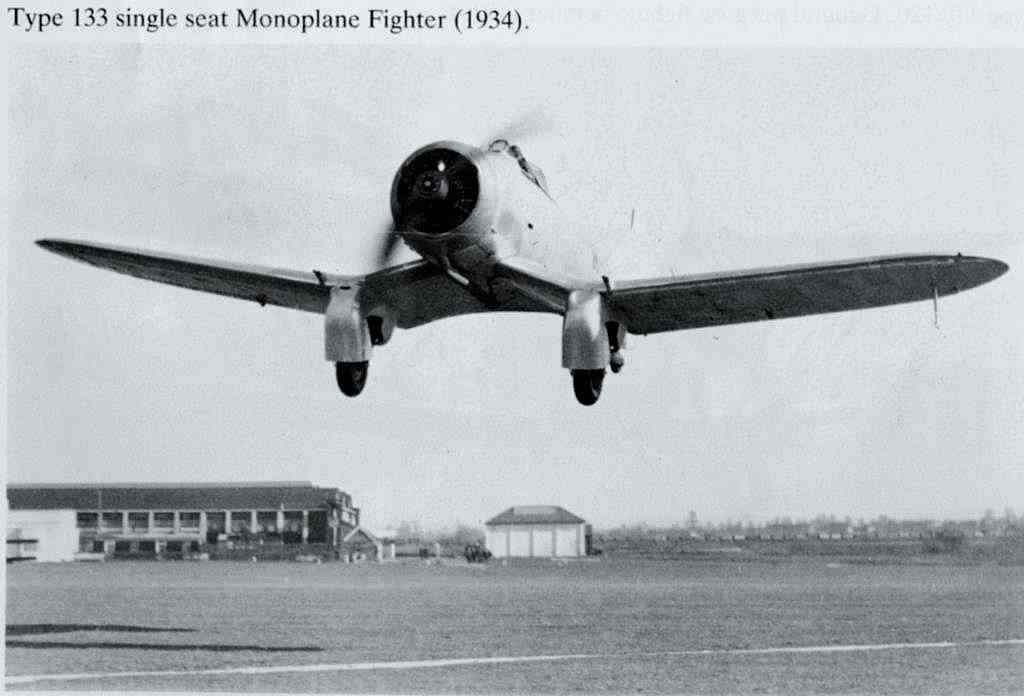I would like to suggest that the FAA be an early adopter of 100 octane fuel for it's aircraft. The extra power per gallon would help make up the difference in performance that we see between British and American Radial engines
I would also like to suggest that a single seat aircraft based on the Skua design and witha a Twin Mercury engine would be a very respectable fighter for the late 30s. The Mercury was (I believe) the first British radial engine modified to run on 100 Octane. It is about the same size as the Perseus and was a very popular and reliable engine. Create a twin bank version of it and you are in the 1500 HP range, with 100 Octane you may reach 1700 HP. Also use it in the standard 2 seat Skua and you may see a pretty fair Dive Bomber for the period
I would also like to suggest that a single seat aircraft based on the Skua design and witha a Twin Mercury engine would be a very respectable fighter for the late 30s. The Mercury was (I believe) the first British radial engine modified to run on 100 Octane. It is about the same size as the Perseus and was a very popular and reliable engine. Create a twin bank version of it and you are in the 1500 HP range, with 100 Octane you may reach 1700 HP. Also use it in the standard 2 seat Skua and you may see a pretty fair Dive Bomber for the period


